By Jessica Domel
Our bananas are in danger. Biotechnology, or genetic engineering, may be the only thing that can save them.
Over the past decade, Fusarium Wilt has destroyed tens of thousands of Cavendish banana plantations in Australia and Southeast Asia. Scientists say Latin America is likely next.
To save the Cavendish, which represents 99 percent of all bananas sold in the United States, researchers have taken genes from one banana type that resists the disease well and inserted them into the genetic makeup of Cavendish bananas.
Genetic engineering isn’t like the memes you see on the Internet. No one is taking genes from fish and inserting them into tomatoes with a giant needle.
This is improving one banana with the best trait of another banana.
And, hopefully, it’s the one thing that can save our bananas from this devastating disease.
But this is about more than bananas. Think of all the men, woman and children who depended upon the Cavendish banana plantations for their livelihoods only to see it quickly wiped out by a fungus.
This could save them. It could mean the difference between a stable income and starving.
In places like Uganda, bananas are a basic food staple. Without them, thousands could starve.
I know some of you have qualms about eating genetically modified food. That’s okay. You don’t have to eat the bananas or papayas, which were also saved by genetic modification.
But let’s not stand in the way of a simple gene edit that could save millions—and our bananas.


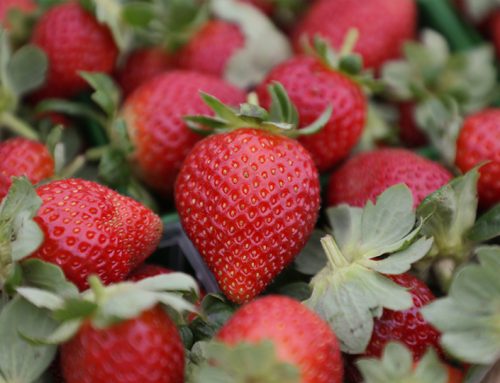
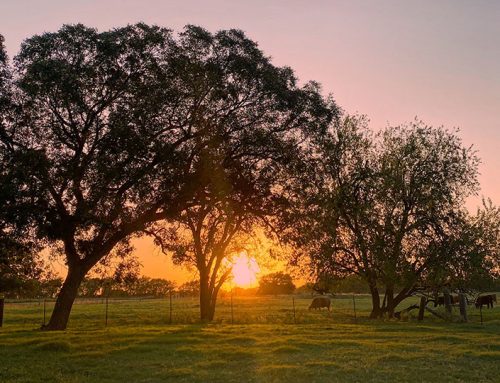
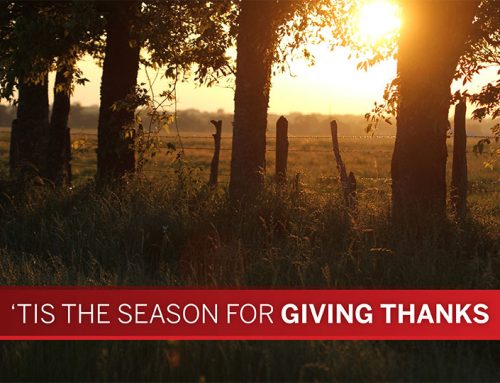
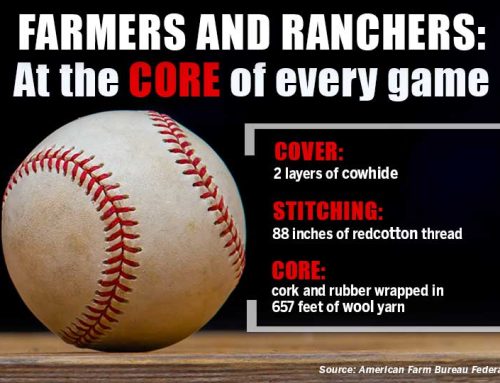
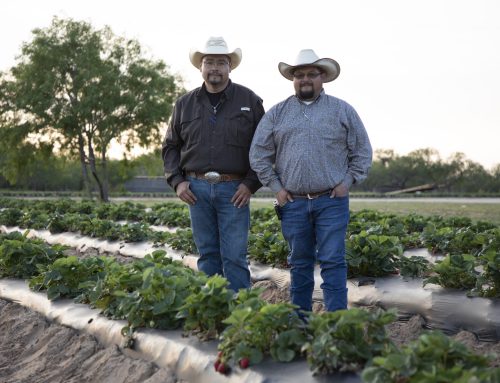




Leave A Comment